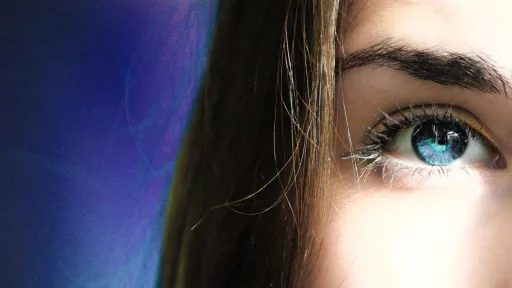Image SEO has been around for a long time and should definitely be part of your SEO strategy. Despite the fact that images have been part of search results for quite some time, it's more important than ever to capitalize on this now. The organic search results (the SERPS) are rapidly evolving with visual elements increasingly taking the lead.
Are your images ready for Visual SEO?
What is Image SEO?
Images are used to make a page or article more accessible and attractive. An image can provide a better understanding of a subject or product, as a good photo says more than 1000 words. But besides creating an image, an optimized image can also contribute to a website's SEO.
With Image SEO, you ensure that images are optimized in the right way to contribute to better organic findability.
The visual development of search results (Visual SEO)
Sketch of the current situation in the Netherlands
As mentioned earlier, images have been present in search results for some time and optimized images can contribute to organic findability. Image SEO has therefore always been interesting. In the Netherlands, we encounter organic images in the following places:
- Google Images
- Organic shopping
- Image carousel
Prediction of the future situation in the Netherlands
While in the Netherlands the search results mainly consist of category pages, we see a different result in America:
Here it is noticeable that 80% of the SERP in the Netherlands consists of category pages, while in America this is only 30%. In America, category pages are replaced by elements like “people also ask”, “buying guides”, “popular products”, and “reviews”.
It looks like this
Many visual elements are returning here, which means that visual content is becoming more important or actually already is, both in mood images, product images, but also in videos. This means that it is not only more important but also more interesting to work with images.
Google is learning to understand images better
Additionally, Google is getting better at understanding what images are about. They do this through their own Google Vision AI. Below is an example of an image of a rug, which Google does not recognize as a rug:
It is therefore also becoming more important how content is created and especially how Google sees them. There is a good chance that Google will not show this image or product when someone is looking for an image + the keyword rug.
Feel free to test this here (for free) yourself.
Who is Image SEO interesting for?
Before you invest a lot of time in optimizing your images, it is important to ask yourself a few questions and research what is relevant for your industry.
Ask yourself the following questions:
- Do users search visually for my products/services?
- If so, how do they search?
- What would these visitors like to see?
- What do my SERPS look like in America for important keywords?
There are industries where visitors are either looking for visual content or not. Of course, it is important what the visitor wants, but also what Google shows. With sites like valentin.app you can easily place yourself in another country. This way you can test how the search results look for your keywords in America.
Time to get started with Image SEO
Convinced that it's time to get started with Image SEO? Then we share the 6 most important tips below:
- Ensure unique/own images
Stock photos are of course very interesting. Especially when you go for the free options, they are cheap and quickly arranged. Despite the convenience, these images will not quickly deliver the desired SEO result. The more original the photo, the better the user experience and the greater the chance that this image will be positioned high. Therefore, ensure as many own and unique photos as possible.
- Give the images an appropriate file name
Often photos have a standard file name like “img_363384”, but this of course says nothing about an image. Change this to a name that helps Google better understand the image. We advise describing the image briefly, so not: “teddy”, but: “Light brown teddy bear with pink heart”.
- Provide the image with an alt text
In addition to the file name, every image should be provided with an alt text. This is an alternative for when a page cannot display the image. If the image does not load, the alt text is shown. Here too, the advice is to fill in an SEO-friendly alt text. Like the file name, it gives Google a better idea of what the image is about.
For even more SEO value, the alt text can serve as the anchor text of an internal link when the image links to another page on the site.
- Correct quality images
The quality of the images also plays an important role. This concerns the dimensions and size. When uploading images, pay attention to the correct SEO-friendly dimensions, reduce image sizes, use lazy loading, and ensure they are responsive. - Ensure an optimized page around the image(s)
An optimized image is important, such as the SEO-friendly file name and the correct format, but an optimized page also helps Google better understand the images. Basic SEO factors like the H1, the content, Meta title, and Meta description, and structured data certainly affect how images perform.
Also pay attention to the following:
- Ensure images are included in the sitemap
- Make sure the image URLs are not excluded by the Robots.txt file
Conclusion/recap
We recommend everyone to keep a close eye on the changes within the search results. Especially when we compare the Netherlands with America, we see interesting developments. Visual SEO and thus Image SEO are a good example of these developments that you should definitely pay more attention to.
See how the search results look for your important keywords, find out how much traffic you currently get from images, and make a clear plan on how you can ensure more visibility.
```




